Where Does Inspiration Come From?
Plus landscape art, photographing drones and more!
Coming up in The Gallery Companion this week:
Some correspondence with the ever-thoughtful artist Martin Cody, which led me to think about where inspiration comes from.
Reflections on news this week that the British public are becoming ever-more sceptical of Net Zero climate targets. Landscape artist Andy Goldsworthy, who currently has a retrospective at National Galleries Scotland, is a tonic to this. His art connects us to the beauty of the natural world. But what impact can art realistically have on our actions?
And with the step-up in bombings on Ukraine by Russia this week, I’ve been thinking about artists who have explored connections between art and military technology over the years.
Plus my list of must-see international exhibitions, and news from Gallery Companion artist subscribers from around the world.
Where does inspiration come from?
Earlier this week I received an email update from one of my favourite artists, Martin Cody. Martin is a sculptor based in Bristol in south west England. He is an improvisor at heart, interested in exploring the possibilities of material. And he buzzes with ideas and plans. His work ethic is inspiring. I visited him earlier this year in a pop-up studio where he was trialling things out in a new space.
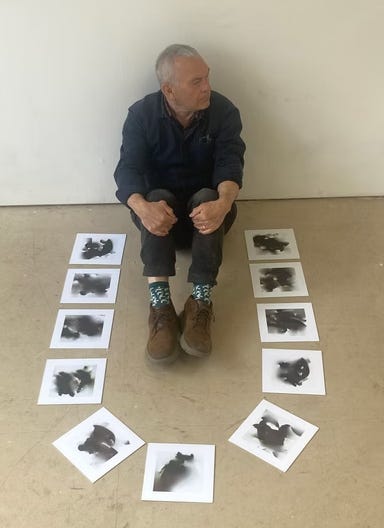

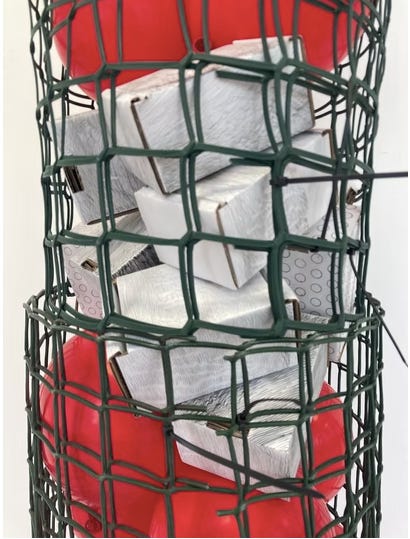
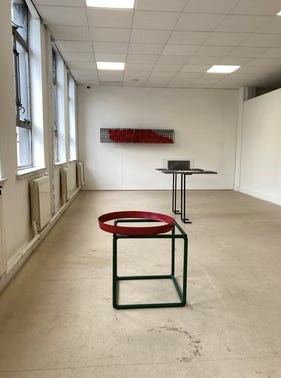
Since July Martin has been back in his studio, and this was some of what he wrote to me:
I seem to have been sifting and filtering old and new ideas, by throwing together materials of one sort or another. I have shelved, or rejected these going along and now I have one or two lines of development as my focus for the next year. One of the things I did resolve was those annoying little card boxes you saw at the open studios; the ones with the line drawings on them. I glued a stack of them together to make larger boxes, and treated the surfaces with paint and more line. The results connected to some other stuff I made last year and therefore clarified for me what was going on. I am no longer annoyed by little boxes.
What I love about this description of his process is the connections Martin makes backwards and forwards, the experimentation, the reworking of old materials into new objects, and the resolution of sticky problems. I’m sure this will sound familiar to many artists reading this. And it reminds me of something the American artist Tara Donovan once said about the hard graft of making art:
Inspiration is a joke. Real artists sit down and work.
Donovan uses familiar, mass-produced, mundane objects like straws, cups, buttons, pins and rubber bands to create sculptures that she builds through repetition and layering to create objects that have an almost uncanny feel to them.
Her work featured in the brilliant sculpture exhibition When Forms Come Alive at the Hayward Gallery in London last year, which I reviewed.
Donovan describes herself as being like a scientist in the studio, performing experiments, seeing what she can make materials do. I really like her work:
Have we stopped caring about climate change?
Exclusive research for The Times newspaper has revealed a big increase in the number of people who believe the dangers of climate change have been exaggerated, despite all the scientific evidence. Amongst the public there’s a growing reluctance to do anything about it.
The findings stand in stark contrast to polling undertaken in 2021, when a sizeable group was broadly in favour of Britain’s Net Zero target (a legally binding goal set in 2019 that commits the UK to reach zero carbon emissions by 2050).
What’s changed? Partly it’s the continual voicing of climate change scepticism by political leaders like Trump: doubt creeps in when other countries aren’t on board with reducing emissions. It gives us permission to question the point of even trying.
But that’s not the main reason. This recent polling indicates that an increasing number of people are less willing to sacrifice their own money to meet national carbon targets. British consumers are struggling to keep afloat with rising energy bills, food inflation, the price of holidays and the cost of living generally. Climate change is way down the list of worries right now, a problem for another day.
The realities of people’s pocket books is a powerful opinion-driver, and it has left me wondering to what extent art can change behaviours on climate issues.
Artists like Andy Goldsworthy still give me a bit of hope. Goldsworthy is a British artist best known for the ephemeral art he makes in the landscape. His works are short-lived, delicate sculptures using only the materials that he finds around him — stones, leaves, sticks, fallen branches, sheep wool, ice, mud, feathers, bushes, flotsam from beaches. He photographs these interventions before they disappear again.

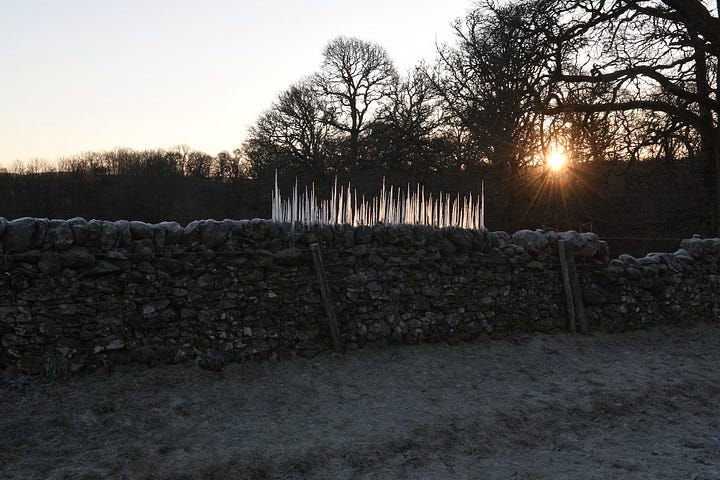
Some rare pieces, like the Tilberthwaite Touchstone Sheepfold in Cumbria, are permanent and have become pilgrimages for walkers:
Goldsworthy has never been part of the Art Establishment, although he is widely loved by the British public: back in the 1990s his photography books were popular, and school kids often learn about his work because it’s so approachable and fun. The sort of art that Goldsworthy creates connects with people on a basic level: nature is beautiful and our relationship with it is precious. This early documentary Rivers and Tides (2001) about Andy Goldsworthy’s art practice is 45 mins of pure, quiet joy if you have time to watch it.
Meanwhile New York is gearing up for Climate Week later in September, with loads of events from arts organisations, museums and galleries lined up. The artist Maya Lin is taking the message on to the streets with a series of posters for bus shelters titled What If?, prompting the public to think about environmental issues.
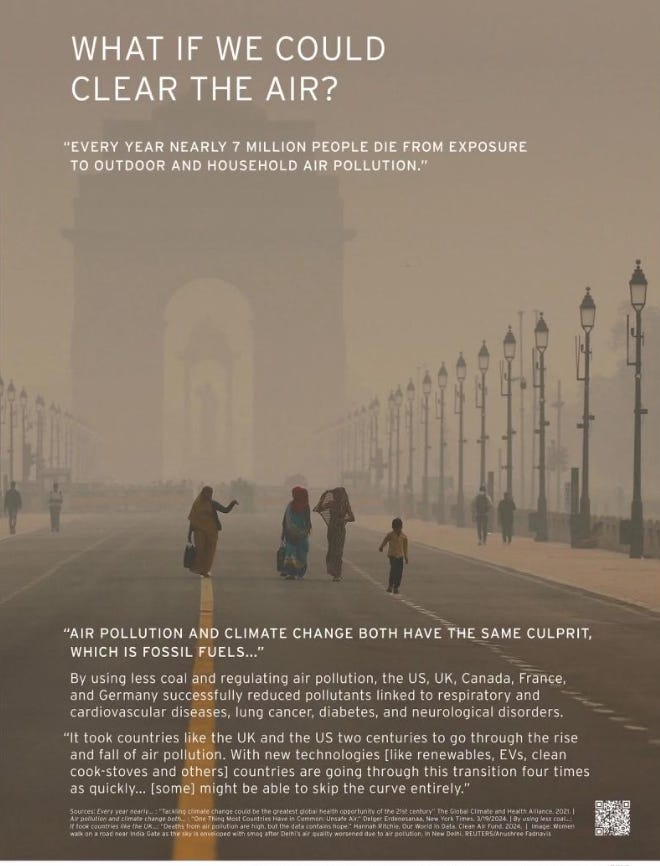
Lin hopes the posters will spark curiosity, hope and a sense of individual and collective responsibility for the future.
But how much do these projects really effect change on the individual level? Art certainly sparks reflection; it moves people and can shift perspectives. But it can’t solve systemic political and economic issues that affect people’s daily lives. The new polling from The Times shows that people prioritise their actions to maintain standards of living, including minimising climate issues if it has an impact on household budgets.
I’d love to know what you think about this. Please share your thoughts in the comments.
Photographing Drones
One of the things I’ve been watching with interest in the war between Russia and Ukraine is the development of drone technology. Ukraine’s production and deployment of drones using AI has been a story of innovation in this awful conflict.
My mind always goes to artistic responses, and it has been making me think about art and military technologies during the Cold War era. One notable artist collective was Experiments in Art and Technology, otherwise known as E.A.T. Set up in 1967 by artists Robert Rauschenberg and Robert Whitman, and engineers Billy Klüver and Fred Waldhauer from Bell Labs, E.A.T. aimed to explore new creative possibilities with emerging technologies — computers, electronics, robotics, satellites, communications systems — matching artists with technical help to develop their projects.
But back to drones. One of the most interesting contemporary artists for me on the subject of art and military technology is the American photographer Trevor Paglen. His work explores surveillance, technology, aesthetics and politics, and he has spent a lot of time on the Nevada border photographing drones at the nearby Nellis Range where most US military drone technology is tested.
If you’re not familiar with Paglen’s work I would recommend this video as an introduction — it’s fascinating viewing and I love the questions he asks about what we don’t know and don’t see. He’s interesting too on the early landscape photography of the USA, undertaken by the Department of War for mapping purposes, and how his own work relates to the history of art. As always I’d love to know your thoughts.
Three exhibitions I’d like to see
The Quantum Effect, San Marco Arts Centre, Venice until 23 Nov 2025. Immersive exhibition exploring exciting quantum things like parallel universes, time travel, supersymmetry (whatever that is) and dark matter. It’s got some big names, like Jeff Koons and Man Ray.
Steve McQueen, Occupied City, Rijksmuseum, Amsterdam 12 Sept — 25 Jan 2026. 34-hour immersive film projected on to the museum facade, exploring the stories of more than 2,000 Amsterdam locations from the Nazi occupation in WWII and today. You can also watch it with sound in comfort inside the museum.
Andy Goldsworthy, Fifty Years, National Galleries of Scotland, Edinburgh until 2 Nov 2025. Huge retrospective of landscape artist Goldsworthy’s career. Outdoor art presented indoors. It’s had RAVE reviews. If you’ve seen it let me know your thoughts as I’m unlikely to get to Edinburgh by early Nov, sadly.
News from Gallery Companion readers
Over in Berlin, Lucy Powell is running the Hildegard project space for transformative cultural practices in a large wild garden on the edge of the city, with events planned over the next few weeks. In London Caroline Banks will be exhibiting work with film makers, painters, graphic designers, photographers and sculptors at Cumberland Road Studios as part of the Open House Festival on 20-21 Sept. In Switzerland painter Sibylle Laubscher is showing abstract works that shift between observation and imagination at the Reinach Business Park on 17 Sept. And in Brussels until 21 Sept Maja Kaurin is showing collage works as part of the group exhibition Collective Roots: Innerscapes of Healing, which brings together artists whose practices illuminate the healing power of art.
Artists, if you’d like me to give your exhibition a shout-out DM me in the chat function on the Substack app or hit reply to this email. Send me info about it, dates, venue, country, a link to find out more, and a striking image. Keep the info you send me short and sweet so I can quickly summarise.
That’s all for today, folks. If you know someone who would love this newsletter please share it with them!


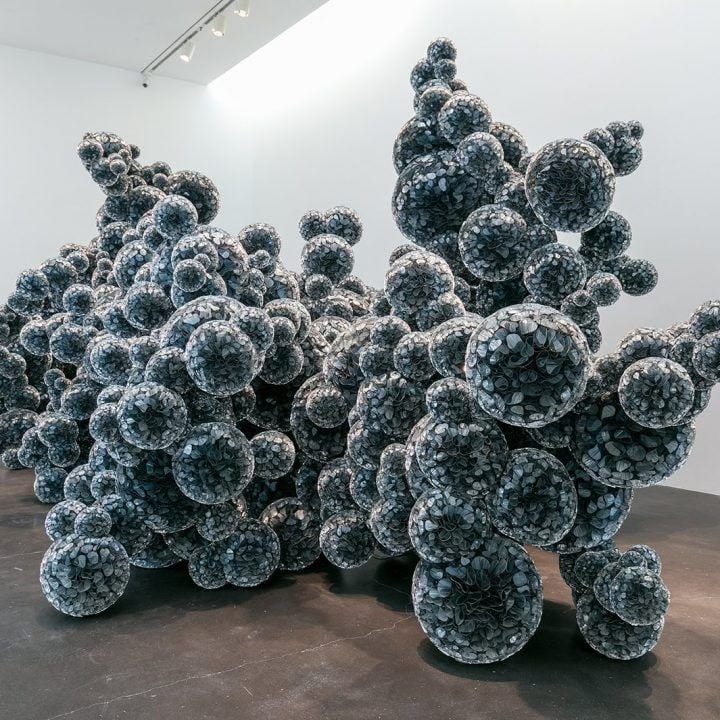
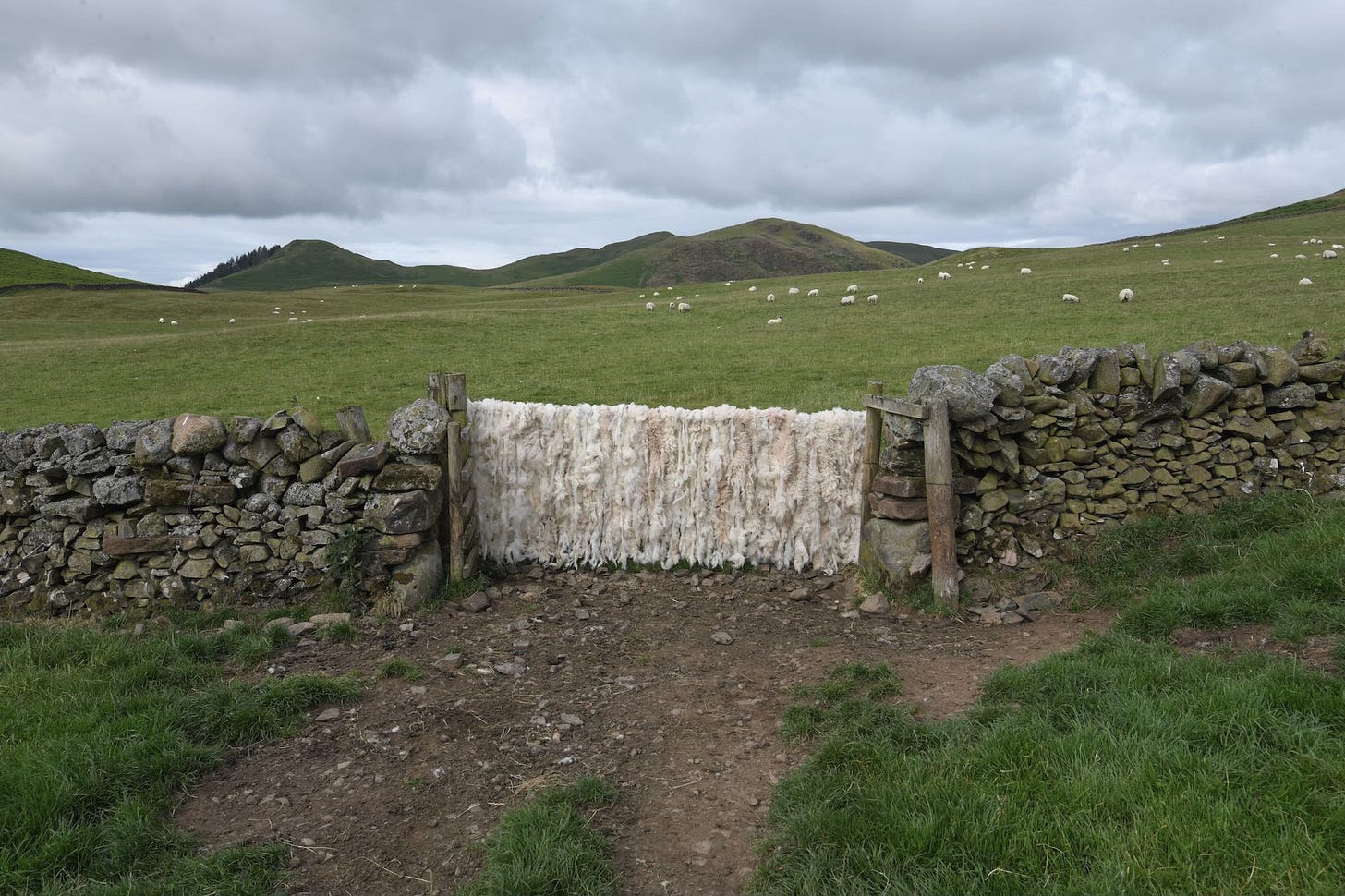
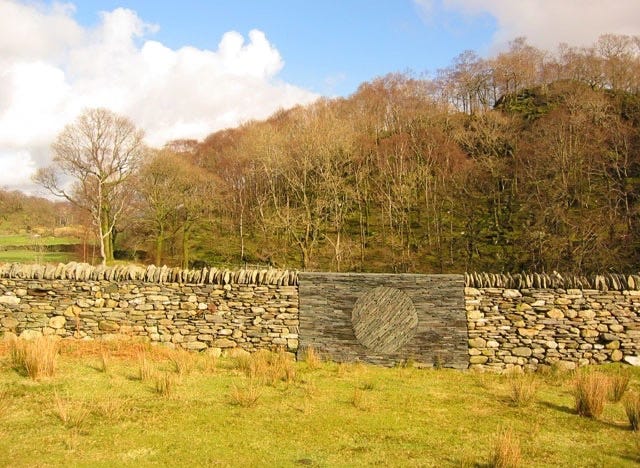
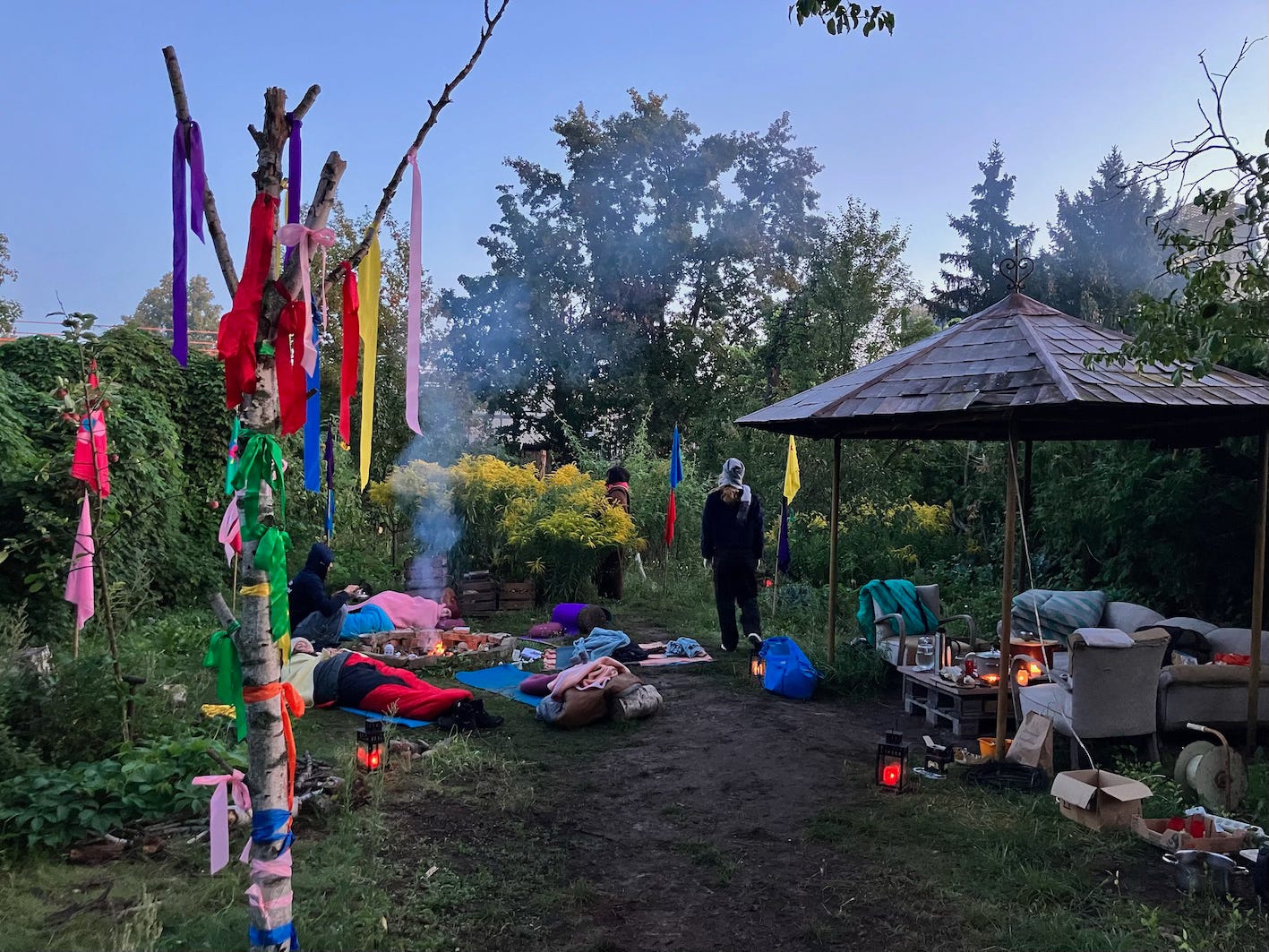
An artist I know, Trine Bumiller (she lives in Colorado), is part of an artist collective known as the Artnauts. The group uses the arts to address global issues, including social change, and does themed exhibitions all over the world, for which the artists typically create small site-specific works. To date, the collective has had nearly 300 exhibitions in 26 countries on 5 continents that have involved more than 350 artists. https://www.artnauts.org/
Hi Victoria
Thanks for the mention.